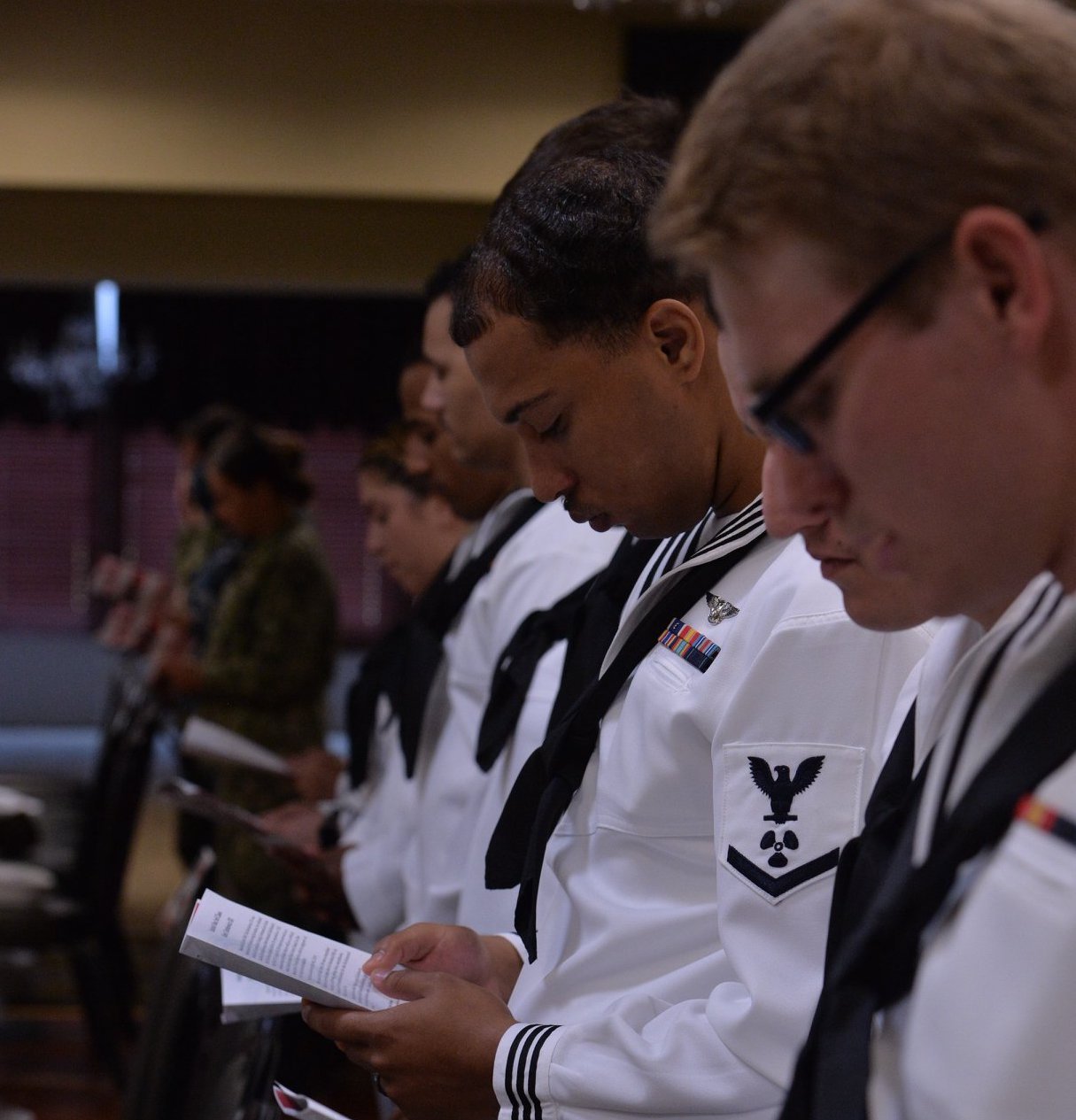
Pentagon leaders are expressing new concern regarding the rate of suicide in active-duty service members, as the Department of Defense has seen a steady rise in cases over the last five years.
According to the 2019 Annual DoD report, released on Thursday, the overall rate of deaths by suicide across the services rose from 20.2 deaths per 100,000 in 2015 to 25.9 in 2019.
For the Navy, the rate has risen from a 2018 rate of 20.7 deaths per 100,000 to 21.5 per 100,000 in 2019, or an increase from 68 to 72 individual suicides.
For the Marines, the rate has fallen from a 2018 rate of 30.8 per 100,000 to 25.3 per 100,000 in 2019, or an increase from 57 to 47 individual cases. The Army rates held steady at about 29.8 per 100,000 from 2018 to 2019. The Air Force also saw increases, from a 2018 rate of 18.5 per 100,000 to 25.1 per 100,000 in 2019.
While the rates are lower than the general U.S. population of similar demographics, the overall trend matches a national increase in suicide.
“I’m very concerned with the trends in the military,” Karen Orvis, director of the Defense Suicide Prevention Office, told reporters on Thursday.
“We have a statistically significant increase in the active component from 2014 to 2019.”
While trends are up overall in the range of the report, Orvis said it was too early for her office to say how the effects of the COVID-19 pandemic and the isolation of service members have translated into rates across the service.
“At this time it’s too early to determine whether suicide rates will increase for calendar year 2020. We’ll need to have the full year of data and investigations completed to determine the cause of death,” she said.
“What may be looking like an increasing or decreasing trend in raw counts may not be statistically meaningful.”
Military leaders, however, have highlighted the risk to service members.
“The challenge that I’ve seen here is that the stressors that we have this year are much different than the stresses we had last year,” Air Force Chief of Staff Gen. Charles Brown said in August.
“We don’t have a chance for our airmen to connect and be close to the folks that they work with on a day-to-day basis.”
Army leaders have raised alarm over the deaths of soldiers to date.
“Army officials said discussions in Defense Department briefings indicate there has been up to a 20 percent jump in overall military suicides this year. The numbers vary by service,” according to a report in the Associated Press.
“The active Army’s 30 percent spike — from 88 last year to 114 this year —pushes the total up because it’s the largest service.”
In contrast, the Navy has seen 40 sailors die by suicide this year, in line with last year’s totals.
While the officials briefing on the report could not comment on how the coronavirus pandemic was affecting service members, in a separate briefing Navy officials told reporters that COVID-19 has meant sailors must spend more time away from their families, adding to the stress both sailors and their families face and necessitating some changes in the mental health services offered.
To keep ships COVID-free when they deploy, sailors now typically conduct a 14-day restriction of movement sequester period away from their families to ensure they aren’t exposed to the virus; take a test to make sure they’re negative; report to their ship to conduct final pre-deployment training and certification activities; and then deploy straight from their certification exercise without going back home again. This can add weeks of time away from home on to the beginning of the deployment.
Surgeon General of the Navy Rear Adm. Bruce Gillingham told reporters to day in a briefing on COVID mitigation efforts that “currently, of all of our mental health professionals, about 30 percent are actually with fleet units and not working directly in one of our medical treatment facilities. And we have found that this has had significant benefit in the sense that it lowers barriers to access, it decreases stigma, and we’re seeing that sailors are now more comfortable coming forward – they know these professionals, they know that they live and work with them, and so they’re coming forward earlier. Obviously the goal is to, for those who are experiencing stress, to have them come before things really require significant medical intervention or even medevac from the ship. So really shifting that continuum of care to the left, emphasizing resilience.”
Gillingham said that deployments — and especially extended deployments — were always stressful, but COVID adds another layer of stress to the situation, and the Navy is trying to respond by adding more mental health services in different formats, including additional opportunities for more peer-to-peer types of interactions that focus on mental health and resiliency.
Chief of Naval Personnel Vice Adm. John Nowell said during the media briefing that “you can teach people how to be more resilient.” While initial training for officers and enlisted sailors now includes a mind, body and spirit training event, and pre-deployment training includes an operational stress control event, “that was great, but it was episodic. We now have 24/7 organic command resilience teams on the ships; they’re formed from the ships’ crew.” On larger ships, the teams include medical personnel, and the teams also include a civilian resiliency counselor that deploys with the ship to serve as a licensed clinical health provider that sailors can turn to as needed without going through a formal process of making an appointment at a doctor’s office.
The idea, Nowell said, is that the command resilience team should spot when a sailor needs a little help and make sure they get it.
“Sometimes it’ just putting an arm around their shoulder.”





